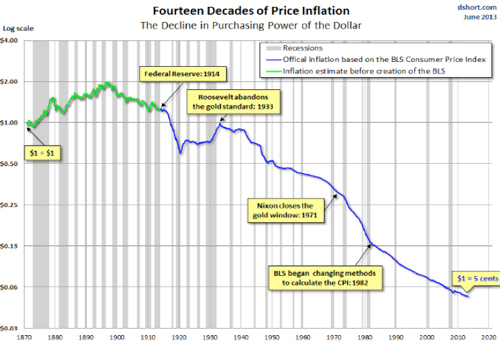Many of my time-stressed female friends, colleagues and clients want to know how to create higher quality work/life balance. Launching meaningful careers, enjoying our families and creating financial confidence are outcomes we work hard to achieve. At a time when women make up about half of the workforce, and control more than 50% of the wealth in the United States, research shows the financially savvy women have not achieved a level of investing confidence that goes hand in hand with greater wealth.
As a financial planner I work with women who are pioneers in their given career, possess personal confidence in creating wealth, and have strong savings values. However, these characteristics don’t necessarily translate from the office to their personal lives. But personal financial confidence is what gives you the opportunity to grow your savings and to build a solid foundation in retirement.
How to be a Confident Investor
Are you a confident investor? If you are less than confident, it doesn’t mean you are stuck on that path. Nothing could be further from the truth. The reality is that your confidence can be strengthened with a few fundamental moves.
Create a financial plan. This plan should not be viewed as a one-time event; rather a flexible and adaptive vision that you aspire to much like forging a career path that works for you throughout the different phases of your life.
Although it may seem counterintuitive, pay less attention to the markets and more to yourself and your financial goals. Emotional reactions to things we can’t control often cause us the most trouble. Refer back to your financial plan if your confidence in your investing ability begins to wane in light of current events.
Re-prioritize when necessary. Changes can happen to take us off course in all aspects of life. When change happens remember that cookie cutter advice doesn’t apply. Look at your own life and evaluate what you need now and down the road. Much like a mentor provides objectivity and perspective that can lead to good career decisions, share your current financial challenges with an advisor and address the worries proactively and with confidence.
Why not leverage what you already have to create a financial plan and investing confidence that keeps you in the driver’s seat through all phases of your life?
Laurie Renchik, CFP®, MBA is a Senior Financial Planner at Center for Financial Planning, Inc. In addition to working with women who are in the midst of a transition (career change, receiving an inheritance, losing a life partner, divorce or remarriage), Laurie works with clients who are planning for retirement. Laurie was named to the 2013 Five Star Wealth Managers list in Detroit Hour magazine, is a member of the Leadership Oakland Alumni Association and in addition to her frequent contributions to Money Centered, she manages and is a frequent contributor to Center Connections at The Center.
Five Star Award is based on advisor being credentialed as an investment advisory representative (IAR), a FINRA registered representative, a CPA or a licensed attorney, including education and professional designations, actively employed in the industry for five years, favorable regulatory and complaint history review, fulfillment of firm review based on internal firm standards, accepting new clients, one- and five-year client retention rates, non-institutional discretionary and/or non-discretionary client assets administered, number of client households served.
The information has been obtained from sources considered to be reliable, but we do not guarantee that the foregoing material is accurate or complete. Any opinions are those of Center for Financial Planning, Inc., and not necessarily those of RJFS or Raymond James. Investing involves risk and investors may incur a profit or a loss. Every investor’s situation is unique and you should consider your investment goals, risk tolerance and time horizon before making an investment. Please consult with your financial advisor about your individual situation.























